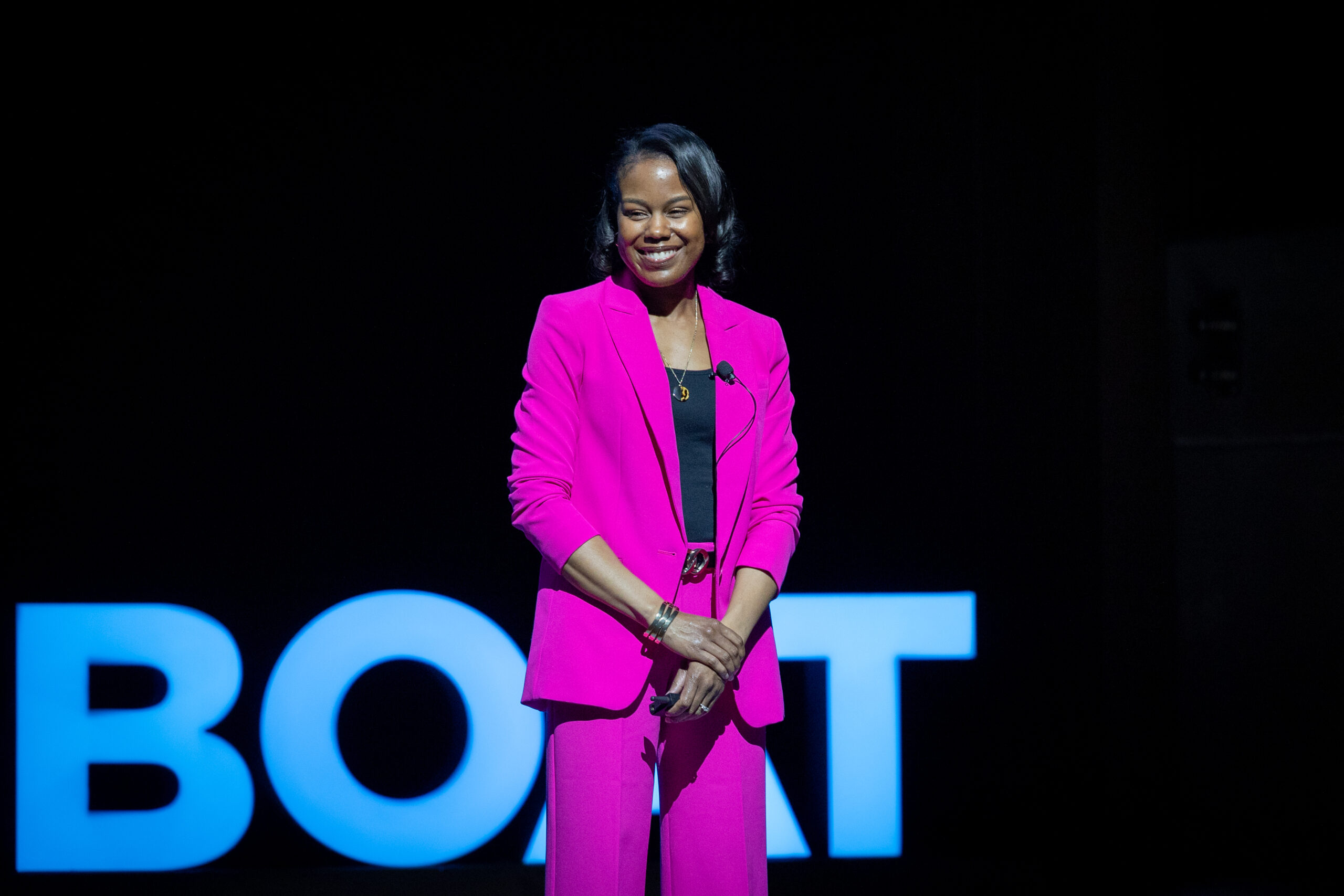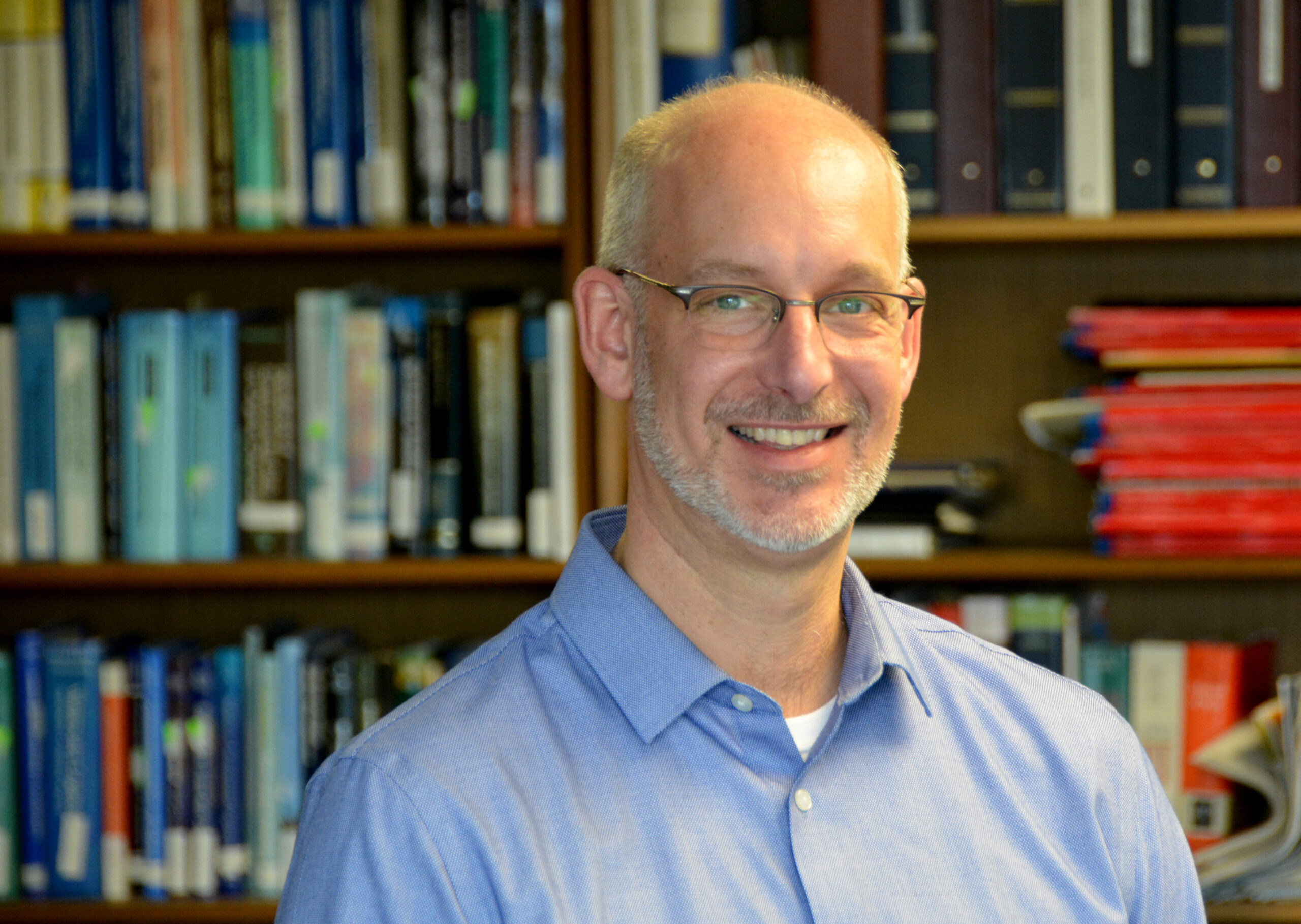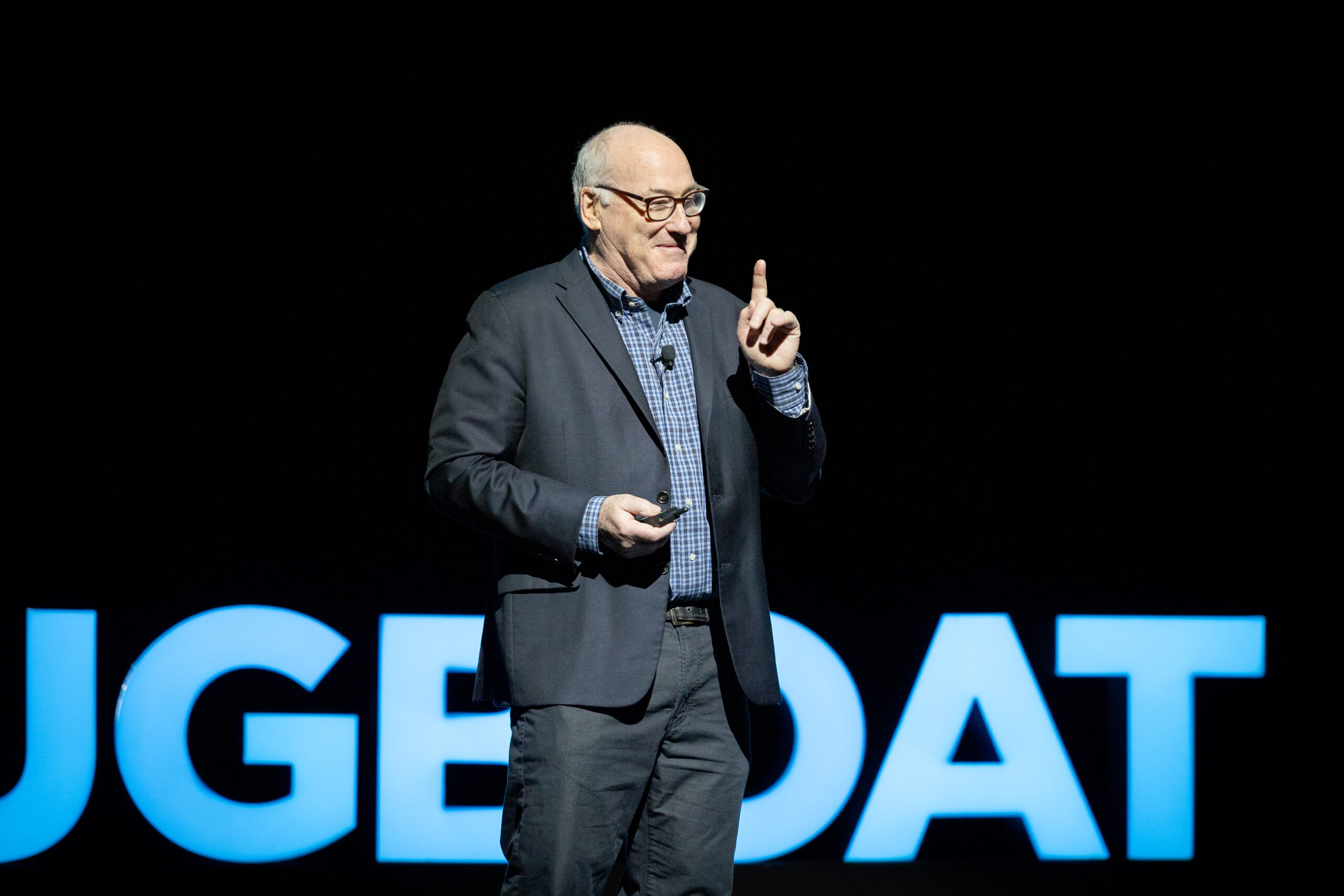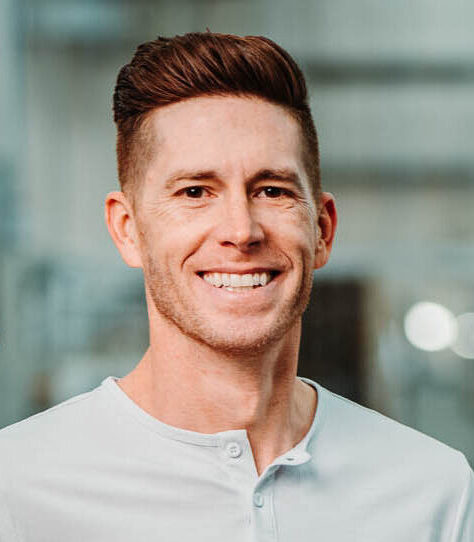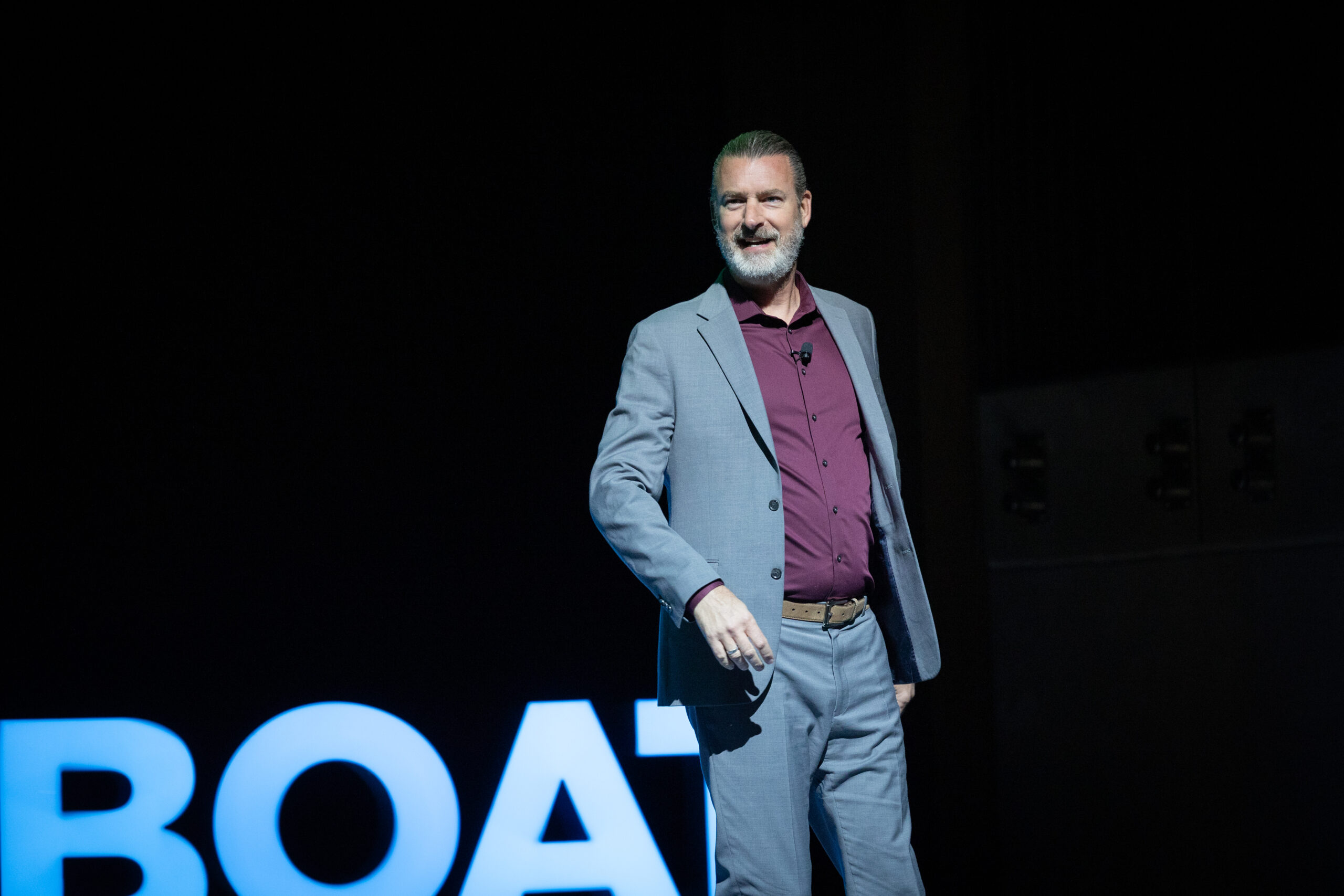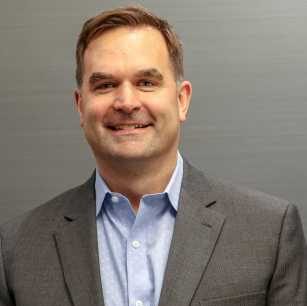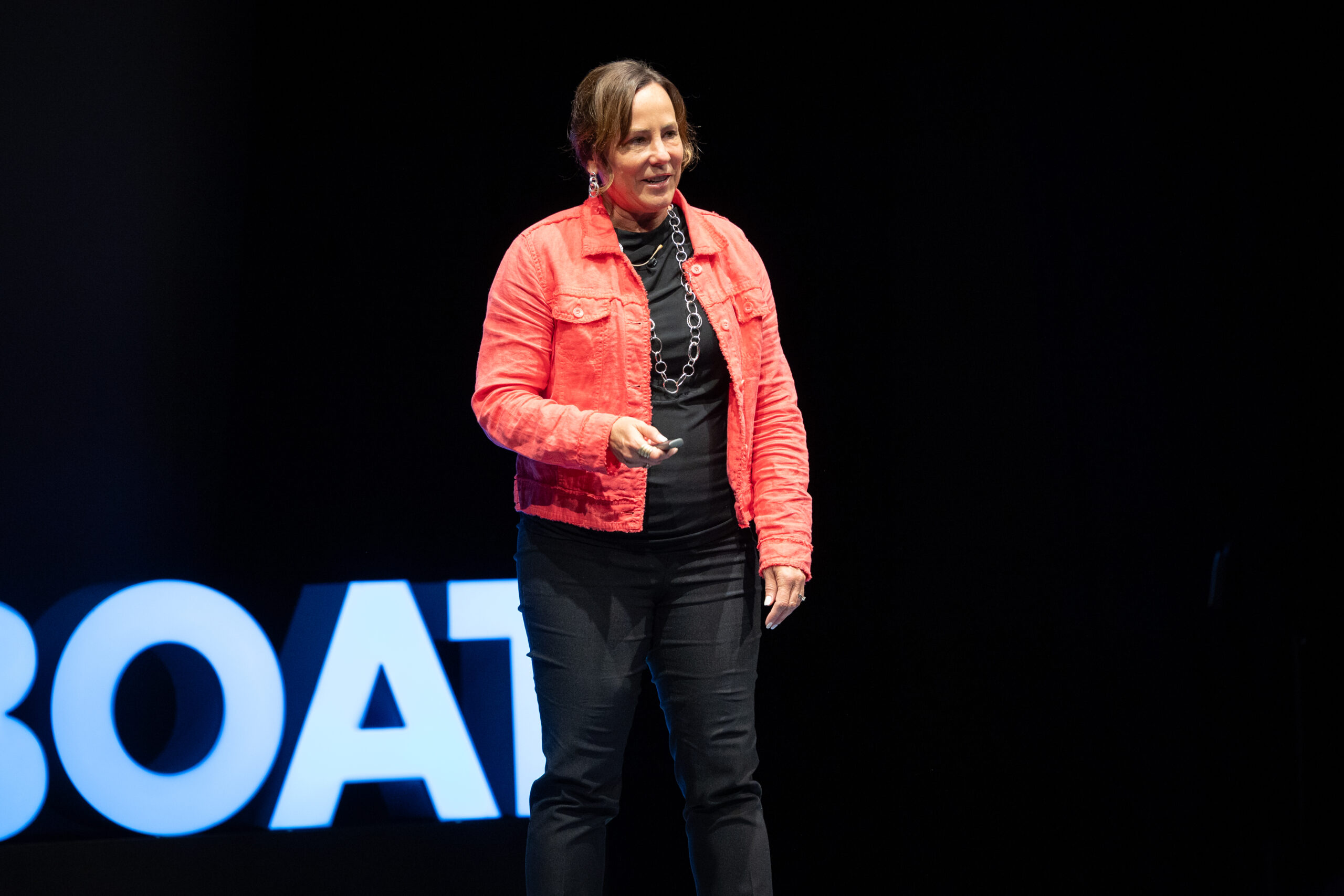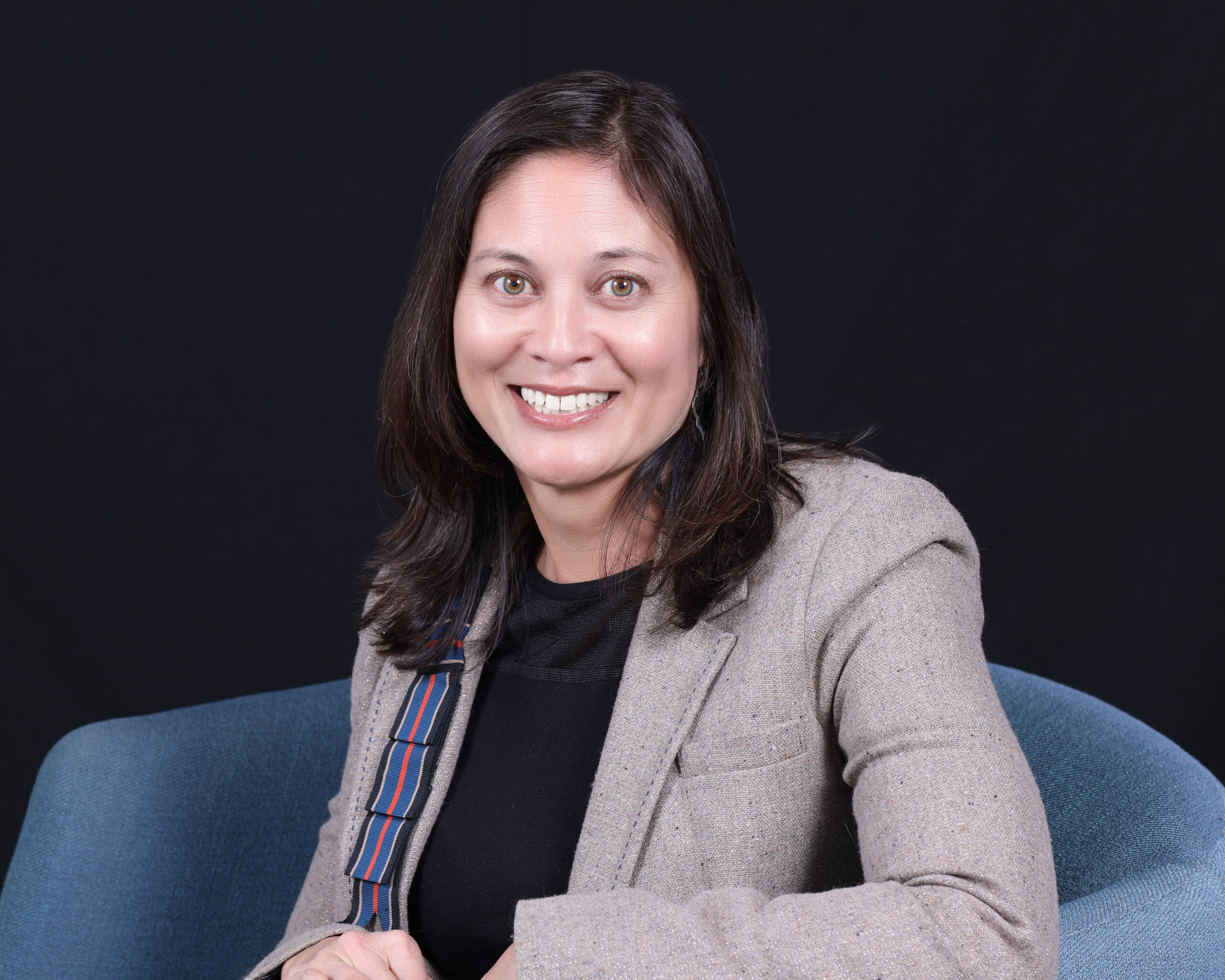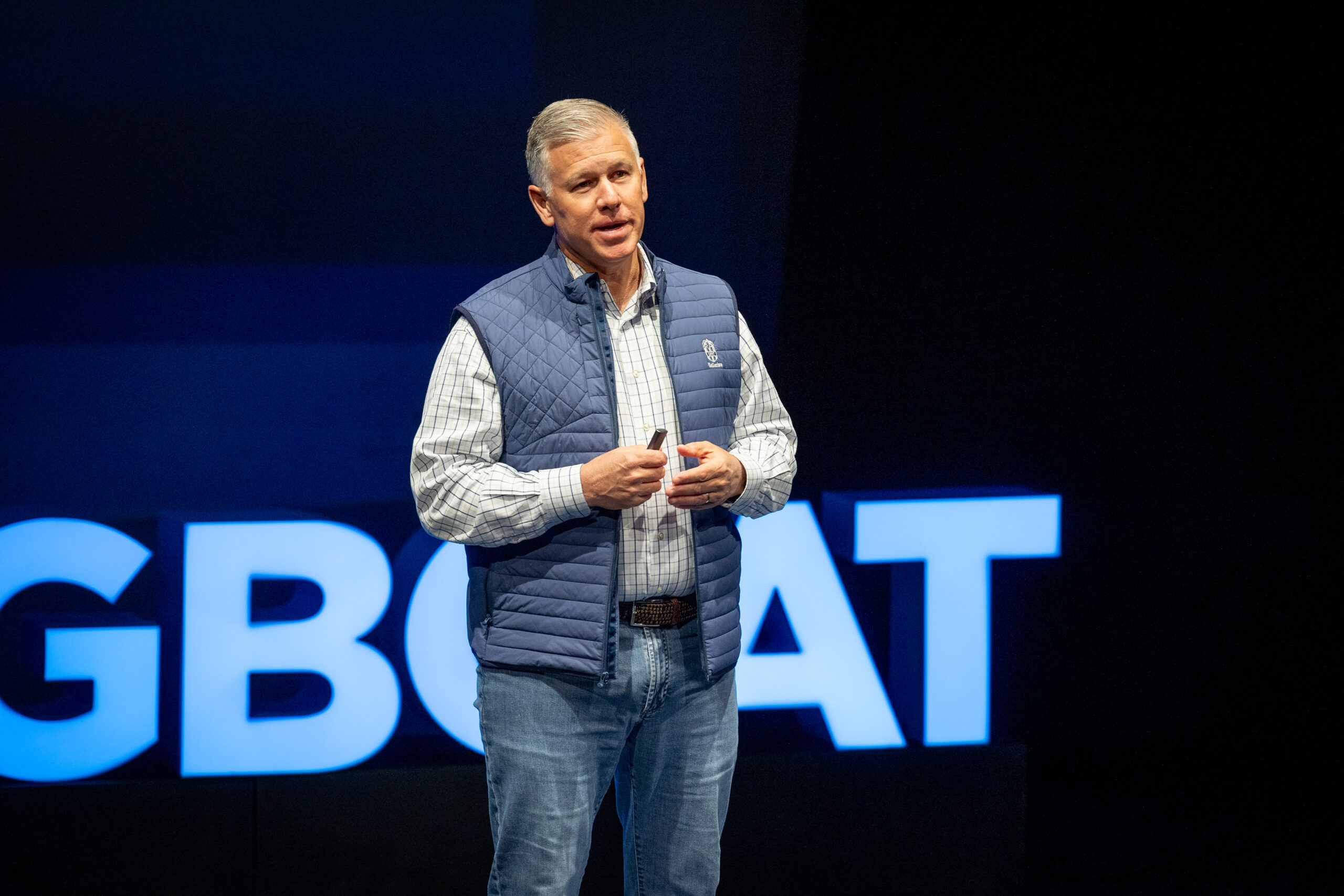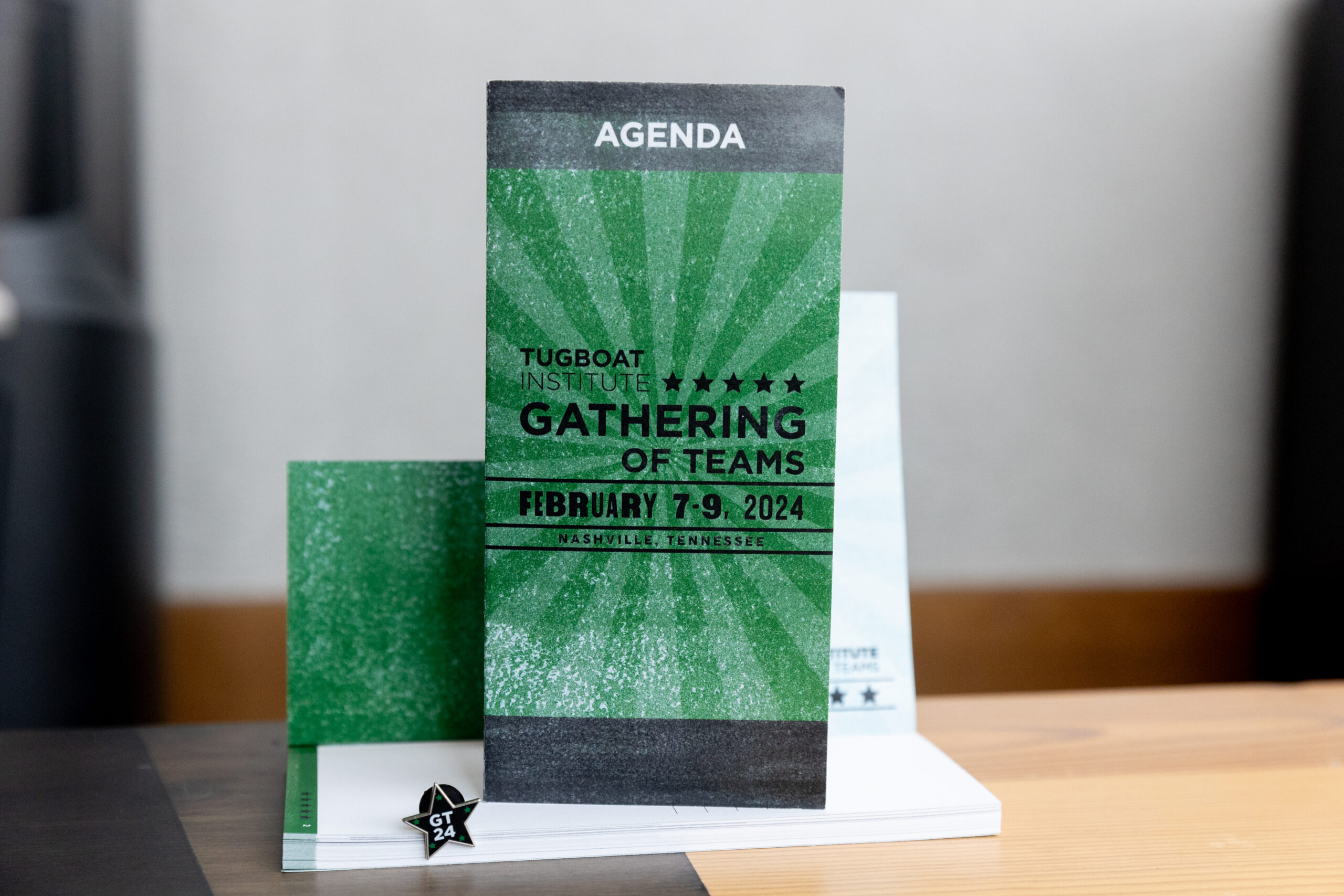From Facts to Impact: The Strategic Art of Storytelling
Humans understand and remember best through stories. The power of a good story to make a message memorable, meaningful, and impactful cannot be overstated. In your business, therefore, telling the story of your company effectively and well is crucial. This is doubly true for the Evergreen® business, whose story communicates the Purpose that drives their existence and the values that define their team, operations, goals, and culture.
In this Tugboat Institute® talk, storytelling strategist Kelly D. Parker addresses the why and the how of great storytelling. She provides us with a deep understanding of the importance of telling your story right, as well as specific strategies to employ as you tackle this important project. Most importantly, especially for the values-driven Evergreen company, she explains that the job of telling your company’s story – clearly and authentically – is not simply the job of the marketing team or even the leadership team, but rather of every person in the organization.
Watch and be inspired to tell your company’s story even more effectively than you are today.
Partnering with Academia to Innovate and Grow
Innovation is key to the growth and survival of any company. As an Evergreen® company that’s been in the continually changing field of environmental science for almost 50 years, we have a long history of innovation. Pragmatic innovation has been key to our survival and growth and is a core value that has been built into the processes and systems that define our organization. One thing that has been a little unique at LimnoTech throughout is the way we innovate through longstanding, purposeful partnerships with academia.
Our company started back in 1975 when environmental science was in its infancy, and when our founders at the University of Michigan were just figuring out how to match the brand-new capacity for numerical computing to the profound environmental problems we were seeing in the Great Lakes. Paul Freedman, a graduate student at the University of Michigan, saw the opportunity to create LimnoTech in collaboration with his research advisor Ray Canale, and ran the company for its first 47 years.
The spirit of research is built into Limno Tech’s DNA. We are an environmental science and engineering firm providing water-related services to clients throughout the United States and internationally. Our early partnership with the University of Michigan gave us a special opportunity to do important, innovative work. And since then, it has been a natural fit for our company to partner with academia whenever the opportunity arises. Our partnerships have resulted in many strategic advantages and have created some of our most exciting opportunities for growth, expansion, and meaningful work.
The University of Michigan partnership shaped our company during its formative years as we developed computer models to describe how natural systems like lakes and rivers worked, and as we proposed solutions to fix the problems created by environmental pollution. In those early days, the University was a continual source of new ideas and strategic hires. Over time we expanded the relationships to include other great schools: Notre Dame, Michigan Tech, the University at Buffalo, and even historic rivals like Ohio State. These days our partnerships are nationwide, including institutions all over the country and spanning many disciplines: science, engineering, design and planning, and the social sciences.
One example of our partnerships with academia today is our relationship with the Harvard Graduate School of Design, where I and others in our firm have served as lecturers and studio critics for more than a decade now. Our relationship with Harvard felt a little unconventional at the start; we’re mostly engineers and scientists, and Harvard’s design school has deep roots in the arts and teaches core design principles that felt very different from our normal ways of working.
One of our first experiences with Harvard had us in a design competition working with one of their most notable professors in Landscape Architecture, doing the core design and planning of a huge portion of the Toronto waterfront that included a massive river relocation and restoration process. It was an intimidating project, because in our experience such projects were usually led by engineers like us who do the hard technical planning work first, and figure out the human benefits later. Instead, our project was led by Michael Van Valkenburgh, a professor in practice at the Harvard GSD and leader of a growing design firm, MVVA, in New York City. Their approach to problem solving was very different from ours – creative, exploratory, interdisciplinary, and to my eyes, messy. It was very different from our previous work, which was cautious, linear, and grounded in scientific approaches. We were proud of our ability to solve complicated scientific problems, but the problems we were starting to see in our field were much more than that – complicated technically, but also financially, organizationally, socially, and politically. We needed better approaches for problem solving, and our new collaborators had them. Michael and his staff at MVVA were able to think about all the dimensions of a wicked problem at once. But delightfully, they needed us too – to provide clear answers to technical questions and hard boundaries for their proposed designs, and also to spark new ideas born in our years of technical experience.
We made an explicit decision to learn from our new colleagues, and it completely changed the way we work. It wasn’t always easy – at times our staff was bewildered by requests to build accurate computer models based on design team models constructed out of cardboard and construction paper. The pace was also a shock – our new collaborators in landscape architecture generated new project ideas on a 24-hour cycle, and we had to adapt our capacity to build and apply computer models as fast as they could ideate. Spending time talking and working with these folks changed us, injecting LimnoTech with a level of creativity and an openness to viewing things in a different way that has made us so much better.
Thanks to our collaboration with them and the dual expertise we are able to bring to the table, we are now working on projects in Dallas, Tulsa, St. Louis, Toronto, Detroit, Buffalo, the Middle East, and Europe. The Don Lands design competition in Toronto turned into a billion-dollar project that’s now under construction, and it has been a game changer for our little company.
A second, powerful way that our relationship with Harvard has changed who we are and created opportunities for us is through their network. Harvard’s design program is influential, and most of the professors we have worked with there are professors-in-practice, teaching part-time and running their own firms. They are all connected through a strong, international network that extends to other schools like the University of Pennsylvania, Berkeley’s design school, and the University of Virginia. This network has led to dozens of creative engagements and enormous opportunities for our firm over the years.
A second example of academic collaboration takes us full circle back to the University of Michigan, but now engaging with a very different team of experts outside of our water science roots. A few years ago, an engineering professor and long-term collaborator, Dr. Peter Adriaens, became interested in how our understanding of water and its role in product supply chains could have implications for the performance and value of companies. This was a puzzle that others had tried to solve before without much success, and Peter guessed that this was mostly because of cultural differences: between the engineers who have access to water-related data and the financial analysts who know how to translate data into useful, actionable financial products. Peter deliberately bridged the cultural gap, securing a dual appointment with the University’s Ross School of Business and learning the language and technical tools familiar to the financial experts at Ross. He then combined this knowledge with the data and knowledge resources at LimnoTech to create a new financial product: waterBeta, a measure of stock price volatility that is specifically traceable to water risks. The waterBeta provides a way for portfolio managers to anticipate stock price performance benefit (alpha) from managing volatility in water risks during climate transitioning.
As an outcome of this collaboration with the University, LimnoTech and Dr. Adriaens created a new company, Equarius Risk Analytics, that is structured to provide water-related financial intelligence as a new set of products and services for companies and financial services providers. The company is pre-commercial but is an exciting example of the power of combining expertise and joining our efforts with researchers and thought leaders of all sorts.
The lessons we've learned through these experiences provide valuable insights for companies eager to embark on their own journey of collaboration. It might be true that academia is a more natural partner for us than for some other industries, but I believe that there is potential for all companies to benefit from such partnerships when the right opportunity arises. What might you gain from such an initiative?
First, working with academia allows you to leverage complementary strengths. Industry expertise coupled with academic research methodologies can lead to breakthrough technical innovations. Second, it might help you, as it has helped us, embrace multidisciplinary thinking. Collaborations can unlock new perspectives which can lead to innovative solutions that transcend traditional boundaries. Finally and importantly, these partnerships have allowed us to build and grow new networks and relationships. Universities are highly connected, and often to entirely different networks than your own.
The benefits go both ways, to us and to our academic partners, as our culture and network of professional contacts allows them to transform research into tangible impact. This can drive business growth for you and academic and societal progress for everyone. An openness to collaboration can cultivate your culture of pragmatic innovation and infuse fresh perspectives into your organization, and embracing new methodologies and approaches can catalyze transformative change.
The Friction Project
Within any business, although we typically aim for efficiency and ease, we often end up with systems, processes, and norms that create friction. Friction can slow us down and negatively impact both progress and morale. Dr. Robert I. Sutton, Stanford professor and co-author of the recent book, The Friction Project, has studied friction within enterprises and has accumulated significant wisdom around this concept.
In this Tugboat Institute® talk, Bob explores the different types of friction, the common causes of friction, and some effective remedies for removing bad friction from our work. While not all friction is negative, the majority of it is. Happily, Bob and his co-author Huggy Rao have identified some effective tools and strategies to help find and neutralize it. Contrary to what our instincts tell us, the best approach is not thinking about what we can create or add to combat friction, but rather what we can take away.
Watch and be inspired to look for and eliminate friction within your organization.
Leveraging Relationships for Competitive Advantage
In our industry – the envelope manufacturing industry – the landscape is composed largely of smaller private and family-owned businesses across the country amongst a few very large, national, public companies against whom we all compete. Kenmore Envelope Company, Inc., of which I serve as President & CEO, is in the smaller, privately held group, and contrary to what one might think, this has afforded us a few significant advantages. The main one is the community of like-minded friends and competitors who support and learn from one another in a wonderful, cooperative way.
Before becoming CEO in 2019, I served as Vice President of Sales at Kenmore for 15 years. As a result, I have been a part of the Envelope Manufacturers Association (EMA) for years, which is an organization built on the idea of working together to strengthen the industry. There are about 50 members and 29 associate member companies in total, and the EMA conferences in the fall and spring provide the perfect platform for relationships within the industry to flourish. Over the years, I have not only gotten to know some of the other members of the EMA, but they have also become close friends. It quickly became about more than just business; it was about friendship and supporting each other to keep the mail industry alive, even in the face of larger conglomerates.
Thanks to these trusted friendships, we have developed a habit of consulting each other when we need advice and we even visit each other’s facilities to get new ideas or to explore how a potential new initiative – a new machine, a new product – might look at our own company. A lot of people’s initial reaction to this is surprise; aren’t they competitors, they wonder? Aren’t you worried about giving away your best ideas? The answer is no, and here is why.
Part of the reason this is rarely a competitive issue is that most of us have a specific niche. At Kenmore, for example, we focus on higher end, smaller run sizes. When I say smaller, I mean about a million and down. While we do full graphics, embellished products, another shop might do longer run, less graphics, and much higher run sizes. They're way more competitive at two, three, four, five million envelopes, with more of a plain style job. In many cases, not only are we not competing against each other, but we are referring each other work. Other envelope companies will send me work that really fits our niche and I'll send work to them that fits their niche. Whether we say it out loud or not, I think we all agree that we would rather take a job that we can't run ourselves, mark it up a little bit, and send it to, say, Worcester, than have someone else do the work. We look out for each other.
Occasionally we do compete directly against some of the peers with whom we have this kind of relationship, but that’s just part of the way it works. We win some of those jobs, they win some, and we all keep thriving. Let me give you some examples of what this cooperation looks like.
One of my closest friends in the industry is Derek, who runs Worcester Envelope Company in Massachusetts. Our friendship goes beyond business; we often visit each other's facilities, share best practices, and explore ways to make each other better, and our families are friends as well. We have a mutual respect for the unique strengths of our companies.
On a visit to Worcester a few years ago, I was introduced to Esko's WebCenter, a tool that streamlines proofing and communication. It was the kind of front-end automation I had been looking for and I was excited to give it a try. We asked the team at Worcester a lot of questions about their experience: what were the challenges of the process? What limitations have you encountered? What do we need to know to help us start more efficiently? We adopted it, and it ended up being a game-changer for us at Kenmore; it has improved efficiency and client service.
Conversely, we had made investments in automation and digital printing that intrigued some of my peers. They came to visit us, and during their visits, they absorbed ideas about what worked and what didn't, accelerating their own growth in return.
These visits to our industry peers, which happen at least once a year, have inspired us to explore new horizons as well. Inspired by friends in the industry, for example, we have been delving into the possibility of adding folding carton production to Kenmore's capabilities. For a long time, we referred this kind of work out, then we started simply outsourcing it, and now, thanks to what we’ve seen in some other shops, we are considering adding this capability to what we can do in house.
The knowledge sharing doesn't stop at envelope production; it is also about understanding the broader landscape of print manufacturing. It has even affected how we think about growth. I have watched some of my peers acquire small shops, of 10 or 20 people, and tuck them into their operations. Most of these acquired shops have slightly different capabilities, so adding them means adding something else they can offer to their clients. After visits where we see things like this, our mindset shifts. We see what some of these other shops can do and we change how we think about possible growth opportunities. Our peers who have done this now have multiple specialties, not just one. Maybe we could do that?
The collaboration we enjoy does have boundaries. We don’t have this relationship with every member of the EMA. Over time, I developed a trusted network of friends, but some envelope companies remain outside the circle. We enjoy this collaborative relationship with four to six other independent companies. Our visits and thought partnership are a two-way street, and the intention is always to give as much as we receive. This reciprocal arrangement fosters goodwill and ensures that everyone benefits.
The landscape of our industry is changing. Although it’s far worse in some industries, larger corporations and private equity firms are acquiring smaller envelope manufacturers. So far, in large part thanks to our network, our independent businesses remain resilient. We can offer a personal touch, the sharing of ideas, and a willingness to help each other thrive. Outside of being a member of Tugboat Institute®, I don’t have this kind of relationship anywhere but with this group of friends. It’s at the core of our strength.
A Peek Past the End of the World
Has the age of globalization come to an end? Given current demographic, political, and economic realities, what will the coming decades look like? And importantly, as business leaders, how can we best position ourselves to not only survive, but to succeed in the coming era? Peter Zeihan tackles all of these questions and more in this thought-provoking Tugboat Institute® talk.
Peter Zeihan is a leading geopolitical strategist and the author of The Accidental Superpower, The Absent Superpower, and, most recently, The End of the World is Just the Beginning: Mapping the Collapse of Globalization. His sometimes uncomfortable predictions for the future are grounded in geopolitical analysis that relies heavily on demographic, political, and economic data. Whether or not you agree with his analysis, he reveals some realities that bear serious consideration as you, as a business leader, prepare for the coming decades.
Watch and consider the myriad factors that will shape the political, economic, and social landscape in the decades to come and how they might affect your business.
A Shared Evergreen® Mindset Can Lead to Fruitful Collaboration and Innovation
At Family Farm & Home, we currently have 71 stores in Michigan, Pennsylvania, Ohio, and Maryland. Our mission is to build a family dedicated to providing exceptional service, products, and prices focused on fulfilling the lifestyle needs of our customers, most of whom are rural and connected to the land. We try to hire team members who live the lifestyle as well, so our whole community is built around people with common experiences, interests, needs, and concerns. We aspire to grow our family to 150 stores, so we need an intense focus on continuous improvement. The combination of this ambition, paired with the shared mindset of our team, our customers, and our vendor partners, has defined our approach to Pragmatic Innovation. In many cases, it’s not even an intentional effort–it just happens naturally.
At the most fundamental level, the fact that our team members and our customers have a common lifestyle means that many great, new ideas come directly from them. When they have a need, or if they perceive a creative way to better fulfill one that already exists, they raise it. Maybe it’s part of the mentality of daily problem-solving that characterizes our lifestyle, but some of the best ideas we’ve had for innovations come from our customers, our team members, and our vendor partners, or a combination of the three, working together. Many are small scale, but when someone has a great idea for a new way to solve an old problem, it’s in their nature to raise it. We don’t actively push people to find these new ideas, but when they do, we support them and help them make it happen. As a result, our culture is one where everyone feels comfortable and encouraged to share any great, new ideas they have.
Sometimes, we have the opportunity to take this collaborative problem-solving to the next level and do something on a much bigger scale. One of the best examples of this is unique, because it is the story of a collaborative innovation with another Tugboat Institute® member, Paul Kalmbach Jr., President of Kalmbach Feeds.
It started in about 2018, when Kalmbach came to us with an idea. One of the products we sell are blocks of compressed protein for animals. We were buying them from someone else at the time, but the product cost was high. Our biggest competitor was selling the same product, so we sold it as a convenience to our customers, but our profit margin was very low. Kalmbach approached us with the idea that they wanted to build a plant to start making these blocks themselves, and they asked us if we would commit to selling their product exclusively.
As we worked through the proposal and the plans, we met with both Paul Sr. and Paul Jr. None of us were members of Tugboat Institute yet, but in retrospect, the fact that we shared the same Evergreen mindset and that we were both family businesses raised our mutual level of comfort working together. We made a handshake kind of a deal, and that was all it took for both sides to move forward. We committed our business to them, they built the plant, and we now exclusively sell their product. Their product is quality and pricing is great, and the program has vastly exceeded both of our expectations, helping both businesses grow significantly.
It's easy with hindsight to see the successes of projects like this without recognizing the risk involved, and therefore the level of trust required. Kalmbach was putting up a multi-million-dollar facility with no signed contract and no history of producing these products. We were committing to honor our word with a supplier that had never made these products before, and with no commitment on exactly what the pricing would be; but we trusted that they would treat us fairly because of the history we had together. These types of collaborations are rarely without risk and they require a deep understanding of the partners involved.
As you can see, an important part of this story is not just that we collaborated with a supplier, but that we collaborated with a fellow Evergreen supplier. Our willingness to rely on each other and to trust that the people we were working with were not just looking to make a profit tomorrow, but instead were focused on the long-term success of the partnership, were key factors in all this. Because of our shared Evergreen mindset, we were willing to make a long-term investment in each other. As a result of this successful partnership, we have collaborated on many additional new products, new ways of merchandising in store, and new packaging designs, and we are excited to find many new ideas to work on together in the future.
At the end of the day, our best innovations come from customers, suppliers, and team members, some of whom are fellow Evergreen companies and some who are not. The fact that we are all working to find solutions that are best for our customer means that we share a purpose with a wide range of people in our space. But the best, longest-term, and most firmly grounded in trust and a shared mindset, have been our collaborations with fellow Evergreen companies. Our tolerance for long-term results means that we are willing to trust each other and commit to initiatives that may or may not bear fruit immediately. In the long run, they do, and have proved better for both of our businesses in every case. The growth that has resulted from our protein block, for example, and from the other collaborations with Kalmbach and others is going to be the fuel that powers us forward toward our goal of 150 stores.
From Squirrels to Burpees: Our Journey to Change at TCI
Change that is intentional and carefully managed over time is essential for the long term survival of a business. Katie Hopkins is the third generation President & CEO of her family’s business, Truck Centers, Inc. (TCI), and she has experienced this reality first hand. After many years of slow and steady growth, TCI entered into a partnership with their primary supplier, Daimler Trucks, and they have seen growth increase a great deal in the last decade. This rapid growth has required an increased focus on change as well.
In this Tugboat Institute® talk, Katie shares how TCI drove change, in their own business and across the Daimler group, by doubling down on their commitment to Change Management. The initial objective was to make the customer experience more standard across all Daimler locations, but the results reached far beyond this goal. In addition to serving as an example to the other dealerships in the group, above all else, Katie and her team have leaned into Change Management and Continuous Improvement as an effective and highly Evergreen® path to Paced Growth.
Watch and be inspired to be more intentional about driving and making change in your organization.
Leveraging H2B Visas for Seasonal and Cultural Success
Labor shortages have been a reality for several years now, but at Ramar Foods, a Filipino-owned company with a strong People First ethos, this problem is not new. Our business is largely seasonal, and the seasonal nature of our work presents challenges not only with hiring, but also with employee retention, cultural alignment, and the inefficiencies of constant recruiting and onboarding. We’ve been searching for a solution for many years that would allow us to staff our teams all while maintaining a workplace culture that is supportive, positive, and people centric.
As we sought solutions to this problem, and especially as wages soared in recent years, we wanted to avoid a few obvious pitfalls. Seasonal employees are at high risk of being un-invested and misaligned because they know they will not be here for the long term. Local hires always have their eyes open for a better opportunity, so often we hire them, train them, and then they ghost us. Effectively integrating new, temporary employees quickly into an Evergreen® company where culture and employee satisfaction are very important is difficult, and we spend an inordinate amount of time and effort recruiting and onboarding in an ever-tighter labor market.
A couple of years ago, we had an idea. Because we are a Filipino food company, we have several international hires already, and as a result, we have some experience securing H1 visas for our full-time foreign workers. The process of sponsoring international employees can be complicated and costly, but our experience with H1 demystified it a bit. We wondered, could we tackle the seasonal hire problem through the same channel?
The equivalent visa for a short-term employee is called the H2B. H2B visas allow companies to hire foreign workers for defined periods of time up to three years. At Ramar, we seek to hire for ten months at a time. Sponsoring an H1 visa is expensive, and the H2B carries costs as well, but it is more reasonable; aside from paying them a reasonable wage, we are required to pay H2B employees’ travel to and from the States and we are responsible for making sure they have a reasonable place to live.
The H2B program is not without risks for the hiring company. The process can be complex and time-consuming. It can also be expensive, especially when it comes time to fulfill the housing requirement of the visa. Whether new hires are foreign or not, recruiting and onboarding requires time and effort, which has costs associated with it. And notably, many of the recruiting agencies that exist to ‘help’ employers find international applicants are, in fact, scams, so you have to be sure to vet the agencies carefully.
At Ramar Foods, we had some unique advantages that helped us offset the risks and costs of the H2B program. Our workforce was already multicultural. In addition to the H1 salaried employees we have hired from overseas, many of our hourly workers are recent immigrants who have maintained ties to their home countries, in particular El Salvador and Mexico. It is a wonderfully international atmosphere! Therefore, we have found that we are able to bypass recruiting agencies and recruit directly through our current workforce. We invited employees with friends and family back home in El Salvador and Mexico to present our seasonal opportunity to them and invite them to apply. We had great success and received applications from many excited and motivated applicants, even the first time around.
Because so many of the people we ended up hiring were coming to join family, we were also able to save on the housing front. Most of them planned, before we even asked them, to stay with family, thereby ensuring that they would be safe, happy, and well-taken care of outside of work. In the case where this was not possible, we stepped in and helped with housing, but this happened relatively infrequently.
When it came to onboarding new employees and helping them adjust to our culture which we value so highly, we had yet another advantage. First of all, our full-time employees, many of whom were either relatives or friends, helped make them feel at home extremely quickly. In addition to the support they provided outside of work, they were eager and willing to engage in the more formal onboarding process at work. On both sides – the new, seasonal employees and the experienced, full-time employees – the level of commitment, energy, and enthusiasm for this work was very high. It became a joyful process that did not simply meet the standard of our People First culture, but rather enhanced it further.
As we moved through the first cohort of H2B employees for the first time, in addition to the advantages we had imagined we would have through the process, we discovered some others as well. First, it turned out that the ten-month employment contract was just perfect for many employees. A traditional H1 employee, and even an H2B employee who has a longer contract, cannot easily travel back and forth between their home country and the US through the duration of their visa. There are strict requirements around how long they must stay in the country or risk invalidating their visa. With an H2B, a worker could come for ten months, earn good money, and then return home to their family for a couple months before, if they so choose, applying again. A second advantage is that many of them are choosing to apply again, which means that when they arrive the second time, they will not be new employees and will not require anywhere near the same level of investment of time and energy to train and onboard.
The enthusiasm on the side of our current employees for this initiative has been overwhelming. A group of warehouse employees decided, on their own initiative, that there was more they could do to support the cohort of seasonal workers, so they created a group they called Amigos for our friends from El Salvador. They took it upon themselves to help new employees navigate not just their new work environment, but life in the US. They created a buddy system, they organized English classes for them, and they helped them, where necessary, find the resources and services they needed to live in a new country. Thanks in great part to the work of the Amigos, we expect that we will likely be able to convert some of these seasonal workers to permanent ones eventually, further reducing stresses on our time, budget, and culture.
It has not been perfect, of course. The first year, we began recruiting a cohort from Mexico, only to learn, when we submitted the applications, that the maximum number of allowable H2B visas had already been granted to Mexican citizens. We turned instead to El Salvador, were able to recruit ten wonderful employees, and we hope to try Mexico again next time. We also have a large facility in Hawaii and would like to bring H2B workers there as well, but we know that the cost of travel will mean that it will be significantly more expensive.
Our Head of People, Maggie Carillo, articulated the simple, central reason this program is such a wonderful fit for Ramar. When she considered the challenging immigration landscape, “coupled with the US labor shortage, I knew that providing people a seasonal job would be mutually beneficial to the worker and to Ramar.” As a company that aims to put people first, this program that was initially intended to solve a strictly business problem has proven to be one of the most important culture enhancements we have implemented in a long time.
Approaching Your Aging Parents About Care
At some point, most of us will face the difficult challenge of talking to our parents about their care as they age. The conversation is almost always challenging because it entails the complete reversal of the dynamic of a life-long relationship, wherein the parent is the caregiver and the child is taken care of. But there are ways to make it easier.
In this Tugboat Institute® talk, Allen Serfas, Co-founder & President of Assistance Home Care, shares his deep personal and professional experience with this difficult conversation. He offers some helpful perspectives and advice for those of us preparing to approach it. It is possible, he believes, to get them the help and support they need, all while preserving and honoring their role as the parent in the relationship.
Watch and be empowered to help your parents get the care they need without conflict or strife.
Celebrating Five Years of Bringing Evergreen® Teams Together
Last week, we hosted our fifth annual Tugboat Institute® Gathering of Teams in Nashville, Tennessee. Many teams were in attendance for the fourth or even fifth time, and for them, it was an opportunity to reconnect with old friends, make new ones, and to continue to learn from the wisdom, best practices and hard-earned mistakes of other Evergreen companies across industries, sizes, geographies, business models and generations. For those teams that joined us for the first time, it was wonderful to observe their earnest engagement and their realization that they are not alone building and leading their companies – in alignment with the Evergreen 7Ps® principles.
Through both structured and unstructured conversations, attendees connected, learned, explored, and celebrated. At the center of the event, we all came together for five TED-style talks. We were treated to wisdom from one Tugboat member and one former member, as well as three distinguished thought leaders.
Robert Pasin is the third generation Chief Wagon Officer of the company his grandfather started and that you have likely known since childhood: Radio Flyer. When Robert stepped into the company at the age of 23, he quickly learned a lesson about the vulnerability of third generation businesses. An established success, whether it be a product or a service, can only carry you so far. The world keeps changing, and if your company does not change with it, decline is inevitable. He set to work reviving Radio Flyer through several Pragmatic Innovation approaches, ones that not only guided them out of the danger zone but, he shared, that have become the backbone of their ongoing product successes.
Our second speaker, Oliver Staehelin, was inspired early in his career to become a student of company culture when challenged by CEO Rich Fairbanks on his first day on the job at Capital One. Graduating from business school, Oliver co-founded a culture assessment company with Stanford Professor Charles O’Reilly. Professor O’Reilly’s research revealed the importance of a strong culture, defined as a company where the behaviors and norms of the company are clearly understood and honored at all levels of the organization. Oliver spoke to the competitive advantages of having a strong culture, especially in the context of very tight labor markets for decades to come.
We were honored that Dr. Robert I. Sutton, Stanford professor and author of many books including the renowned The No Asshole Rule, was able to join us just a week after the release of his newest book, The Friction Project. He shared the findings that he and his co-author, Huggy Rao, present in their new book about friction in the workplace. Human psychology is such that we tend to think of improvement and progress in terms of addition – we constantly look to add something new as we seek to move forward. However, sometimes it is more effective and important to remove something old, whether it be a product, process and/or program, in order to optimize overall performance and work satisfaction.
Our fourth speaker was Kelly D. Parker, a former marketing executive who has become fascinated by the power of storytelling. She now runs her own consulting firm and helps businesses and leaders discover the power of a well-told story to a clearly defined audience. Kelly shared her simple but powerful framework that can make a storyteller of all of us. As leaders of Purpose-driven companies, this is critical in internal and external communications.
Finally, we were thrilled to welcome Peter Zeihan to our stage. Peter is a renowned geopolitical scientist and is the author of many best-selling books including The Accidental Superpower, The Absent Superpower, and, more recently, The End of the World is Just the Beginning: Mapping the Collapse of Globalization. In an astoundingly far-ranging look at the global factors that will shape the coming decades, Peter shared why globalization is ending, and the impacts that will have on all countries and ultimately our businesses and lives. He foresees some uncomfortable realities ahead, but also acknowledges that the United States, Mexico, and Canada will be some of the best positioned regions to adapts to this change. In a provocative and engrossing talk, he gave us an enormous amount to think about, and left us all processing how we may have to adapt to a new world that could be far different from the one we all grew up in.
We are happy to be able to share these talks through our Evergreen Journal® in the coming months, so please keep an eye out for their release.
It’s been half a decade now that we have been bringing together Evergreen leadership teams to meet, learn, grow, and be inspired. Whenever Evergreen leaders gather, something special happens, but this event takes it to the next level. By inviting leadership teams and family members to immerse themselves in the Evergreen 7Ps principles, and to connect with other leaders working in similarly values-driven companies, the understanding of what it means to lead, grow, and adapt one’s Evergreen company seeps deeper into the fabric of each company. It is obviously important that a CEO or president anchor themselves in this thinking and commit to the Evergreen principles if they hope to build a wonderful company that will last for 100 years or more, but it can accelerate when the whole leadership team and company owners share in this vision and key practices. Tugboat Institute Gathering of Teams has become the unique place where that work can happen. To see how this community of teams has progressed in just five years is gratifying. Above all else, it confirms to all of us that we are onto something important. As we gain strength from one another, so grows our certainty that Evergreen companies can and will impact the world in positive ways for many, many decades, if not centuries, to come.
